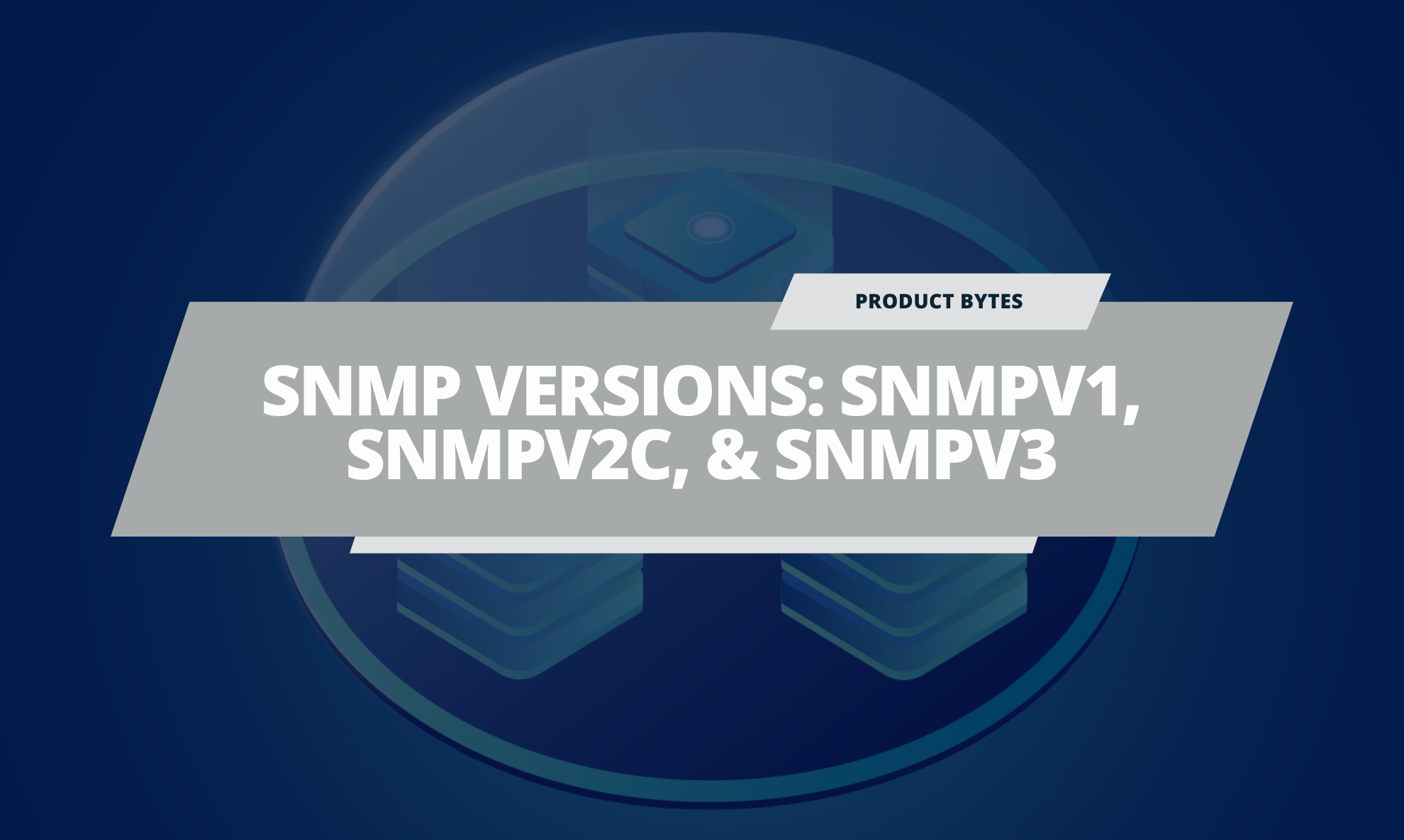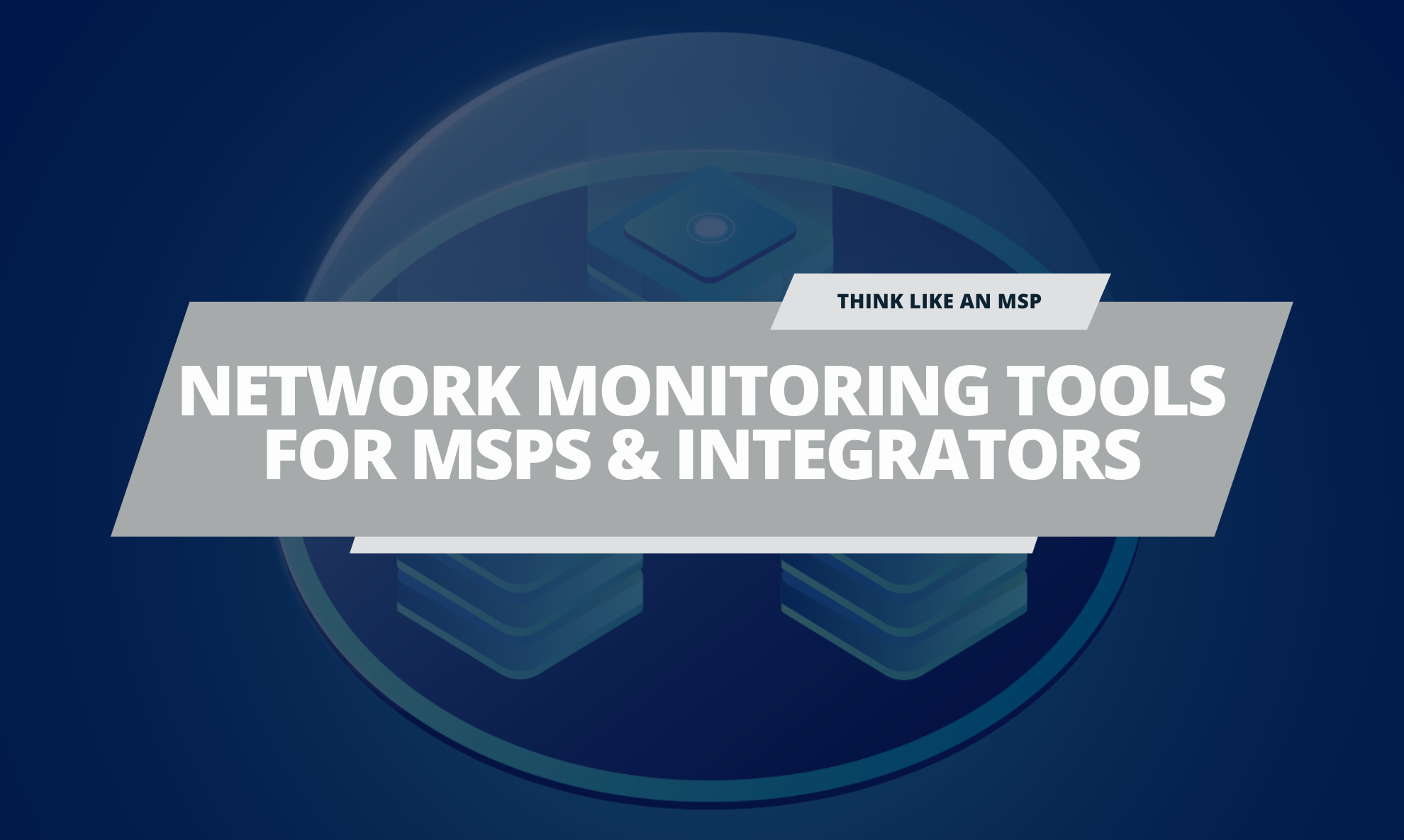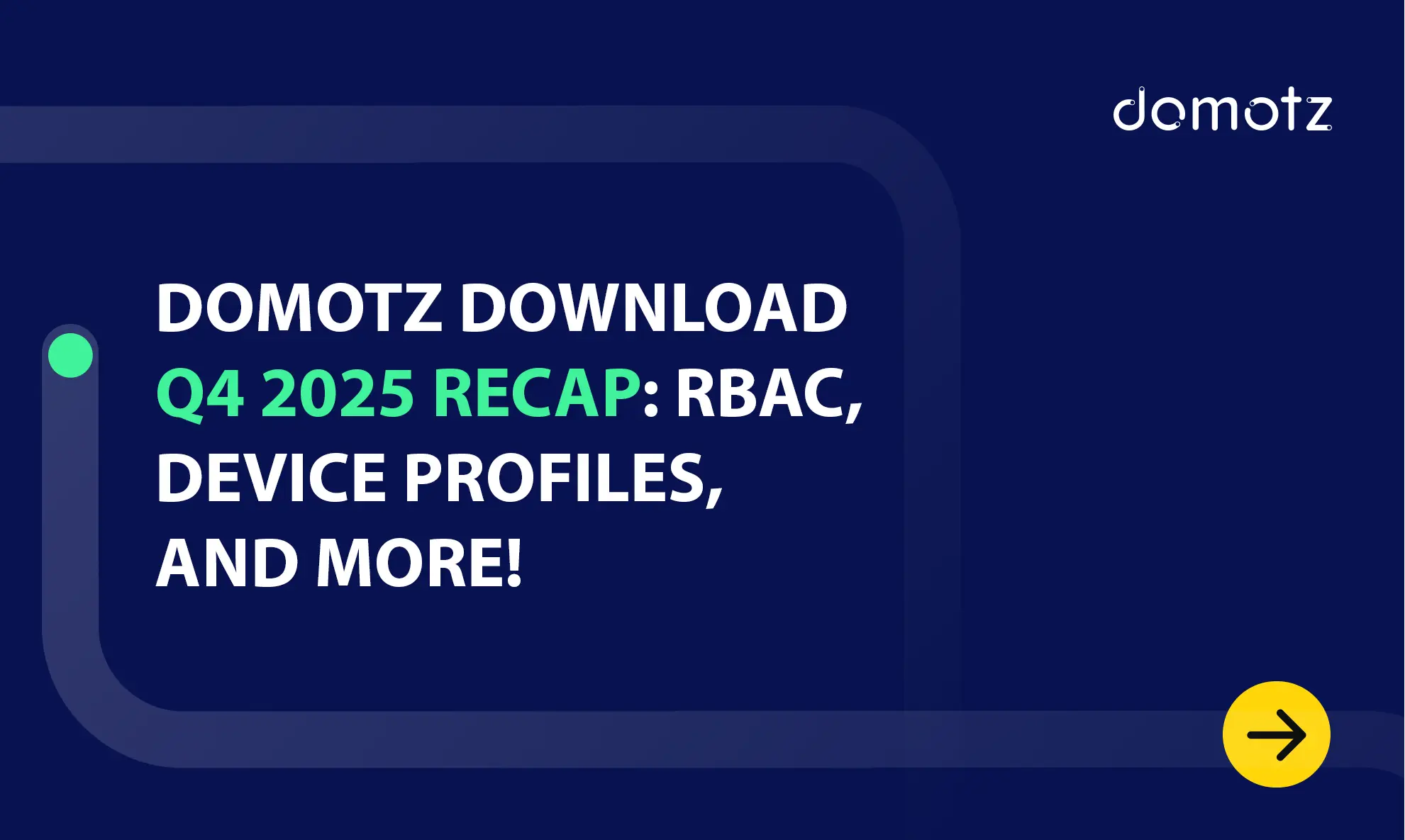In the dynamic landscape of network management, the Simple Network Management Protocol (SNMP) stands out as a crucial tool used by IT professionals to monitor, manage, and troubleshoot network devices.
Since its inception, SNMP has undergone several updates, each designed to enhance functionality, improve security, and expand compatibility.
In this article, we’ll discuss the various versions of SNMP, exploring their unique features, differences, and the contexts in which each version is most effectively utilized.
Understanding these versions is essential for network administrators aiming to make informed decisions about their network management strategies. Whether you’re setting up a new network or looking to upgrade your current system, knowing the capabilities and limitations of each SNMP version can significantly impact the efficiency and security of your network operations.
SNMP v1
SNMP version 1 (SNMPv1) is the original protocol version of the Simple Network Management Protocol.
It was designed to monitor devices over TCP/IP networks and was first launched in 1988.
One of the key features of SNMP v1 is the ease of setup. This is because only a plaintext community is necessary.
However, SNMPv1 also has some notable drawbacks. These include:
- Little security
- Only functions with 32-bit counters as it does not support 64-bit
While SNMPv1 is still in use today in limited cases, it only provides basic functionality and is slowly becoming obsolete.
SNMP v2c
To a great extent, SNMPv2 is identical to SNMPv1. However, to accommodate growing networks and increased usage, it supports 64-bit counters. It also offers the following:
- Enhanced security
- Increased flexibility when establishing hierarchical structures
- Simpler Management Information Base (MIB) discovery
In general, SNMPv2 is easier to use as it has new commands. These commands include:
- GETBULK: This makes it possible for managers to use one message to request several variables
- INFORM: Alters the function of ‘TRAPS’ in SNMPv1 by requiring managers to confirm receipt of messages by responding to the agent.
There are three versions of SNMPv2, namely SNMPv2c (the standardized version), SNMPv2u, and SNMPv2. It’s important to note that SNMP version 2 actually refers to SNMP v2c.
Due to a new security feature in the SNMP v2, its adoption was low. This is why SNMP v2c was developed without the security feature and reverted to the popular community-based approach. However, even with key improvements in MIB structure elements, protocol packet types, and transport mappings, SNMPv2c still had key security limitations.
While it’s still in use today, it is largely used for internal networks.
SNMP v3
In response to increasing security concerns, SNMP v3 was introduced in 1998. Compared with previous SNMP versions, its setup is more complicated. It involves more than defining simple community strings. But this is a small trade-off considering that it enhances security to 64-bit counters.
Additionally, it comes with authentication and encryption capabilities which can be used together or separately. These are delivered via three new elements: SNMP Users, SNMP Groups, and SNMP View. With such capabilities, the risk of unauthorized persons gaining access to read/write data.
When malicious actors want to penetrate networks, they leverage SNMP’s access to network devices to discover authentication credentials. It is this weakness that the three elements of SNMP v3 address.
Here’s an overview of what the three SNMP elements offer:
- View: This allows you to define the information users can access. For example, you can give different user groups access to different datasets. In doing so, you limit unnecessary and unauthorized access to data.
- Groups: Using groups you can choose the type of security that’s active when the network interacts with a device. Furthermore, you can also define the type of user access allowed, which may be read/write or read-only.
- User: You can assign users to particular groups. This determines the level of access they get and the security used.
In comparison to previous versions of SNMP, you’ll enjoy greater levels of security thanks to the user-based model. Moreover, there’s no limit to the number of individual usernames you can generate. Therefore, enforcing role-based access control is easier for administrators.
With a focus on improving security, SNMP v3 goes the extra mile to address risks such as eavesdropping and tampering. And it does this without using a lot of resources by using MD5, SHA, and DES encryption methods.
| SNMP v1 | Community-based security |
| SNMP v2c | Community-based security |
| SNMP v2u | User-based security |
| SNMP v2 | Party-based security |
| SNMP v3 | User-based security |
Conclusion
Each SNMP versions offers distinct features and levels of security, making the choice of the right version critical depending on the specific needs of the network environment. While SNMPv1 and SNMPv2c provide basic functionalities and are suitable for less critical scenarios, SNMPv3 is ideal for environments requiring robust security due to its comprehensive security features. As network technologies continue to evolve, the role of SNMP remains indispensable in network management.
SNMP v1
Introduced in 1988.
- Basic community string-based authentication.
- Less efficient due to limited error handling and bulk transfer capabilities.
- Supports only functions with 32-bit counters and basic operations like GET, SET, and TRAP.
SNMP v2
Introduced in 1993.
- Same as SNMPv1 community string-based authentication.
- Improved efficiency with bulk transfers and better error handling mechanisms.
- Adds support for additional operations like GETBULK for retrieving large volumes of data.
SNMP v3
Introduced in 1998.
- Enhanced security with authentication, encryption, and access control.
- Further improved efficiency in network management operations.
- Supports all SNMPv2c operations plus strong authentication and encryption capabilities.
SNMP and Domotz
Domotz provides extensive and robust SNMP monitoring. With Domotz, you can monitor any SNMP version OID values and configure thresholds for alerting on those sensors.
Domotz offers pre-configured SNMP templates for servers and server boards, printers, UPS, NAS, switches, Wi-Fi equipment, firewalls. What’s more, we also offer ad-hoc SNMP templates upon request. You can configure alerts and notifications on all the above variables based on thresholds you define.
Further reading:
- How SNMP Works?
- What Is a Management Information Base or MIB
- SNMP port



